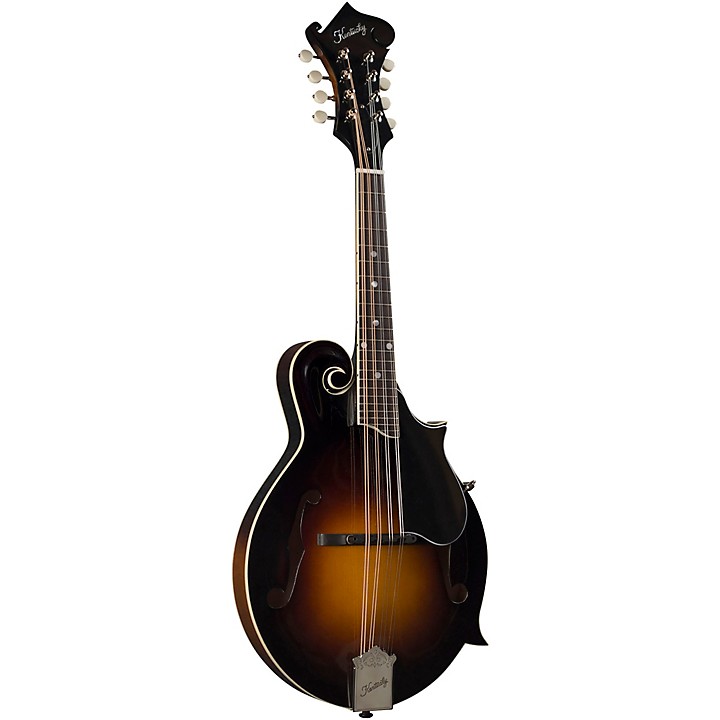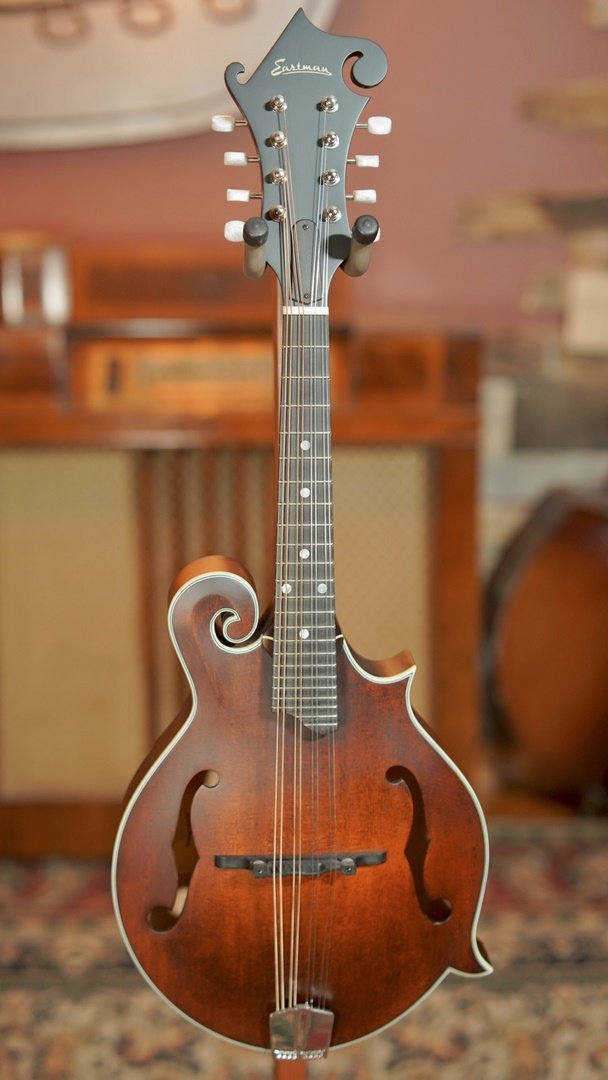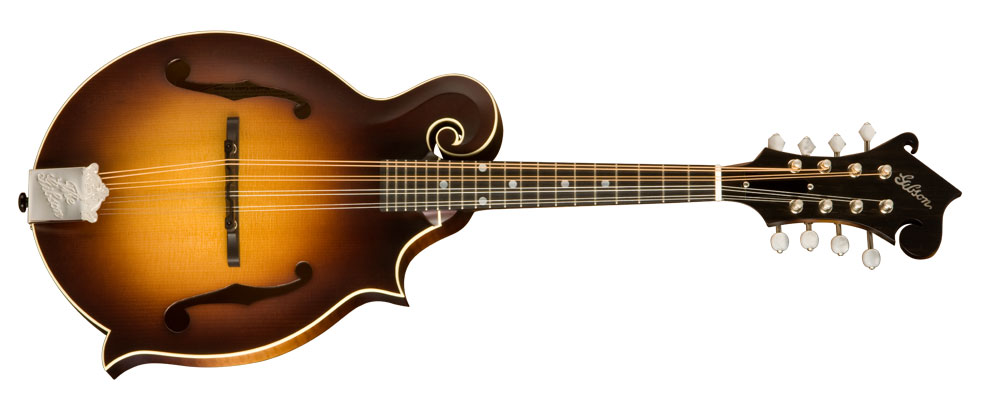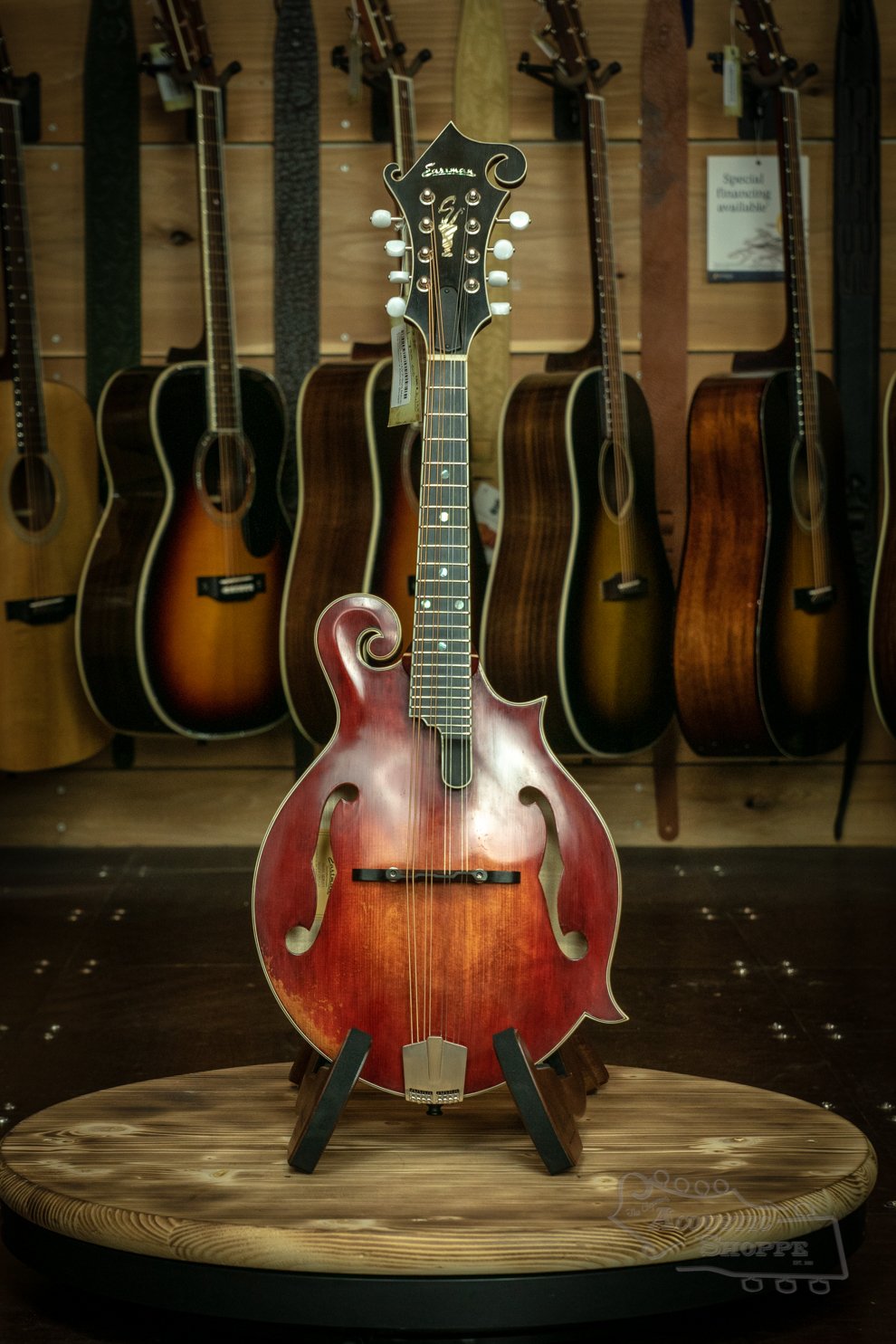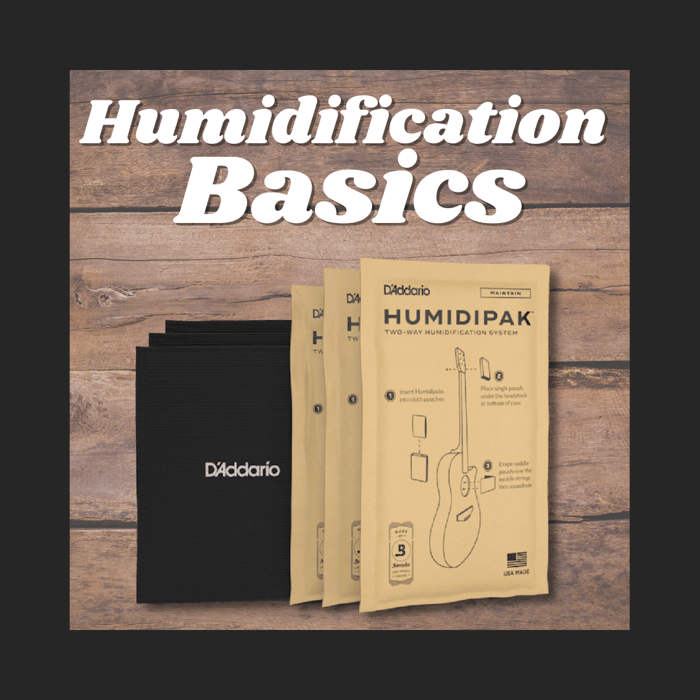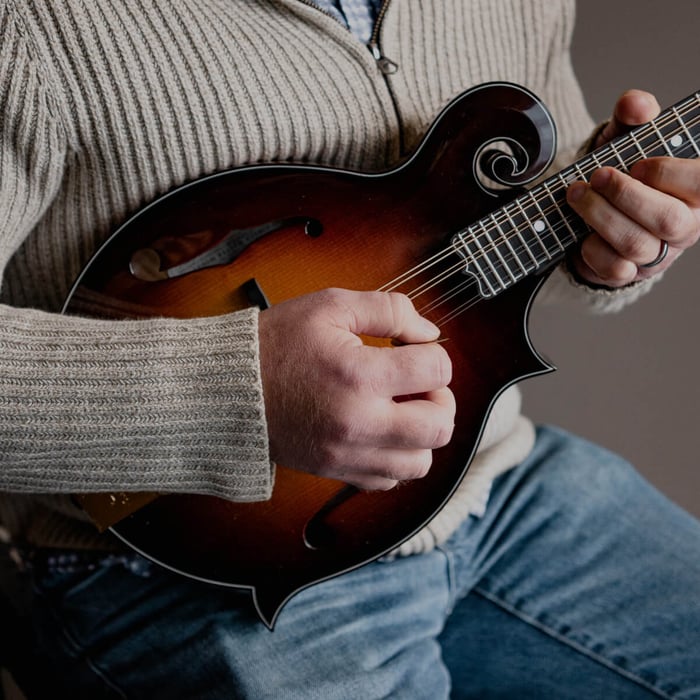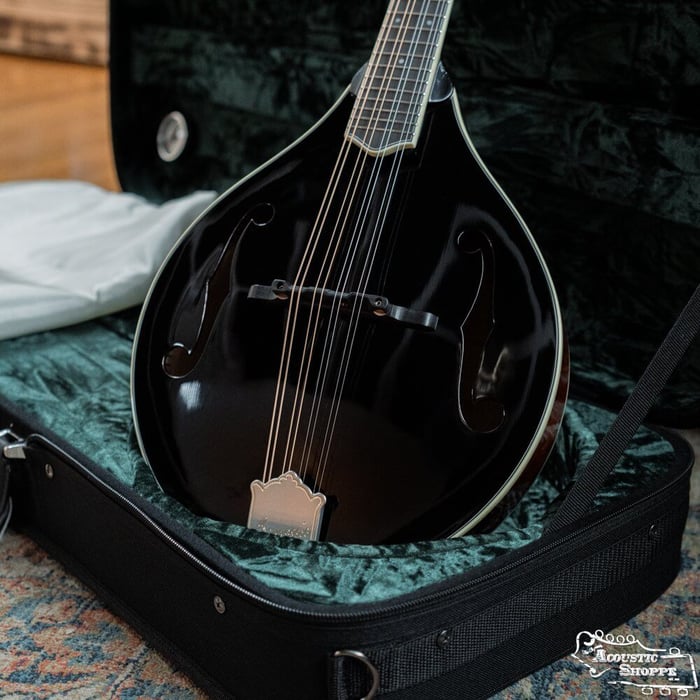Whether you are buying a lower-priced beginner mandolin, or an instrument you hope will last you a lifetime, there are certain things you need to know.
To get an expert perspective on the subject, we talked with award-winning mandolinist Danny Roberts. You may know him from the top shelf bluegrass band the Grascals. Roberts at one time was the plant manager for the Gibson Musical Instruments original acoustic instruments luthier shop. He is a respected luthier and extremely knowledgeable on the instrument. In addition, Acoustic Shoppe co-owner and mandolinist extraordinaire Jeremy Chapman chimes in.
First Things First
You can buy a low-cost mandolin or a high-end player level instrument, but it’s got to be playable.
“That’s the first thing you need to do. Make sure the instrument is set up so that you can play comfortably on it,” says Roberts. “The action must be set at the right height and the intonation must be correct. Have an experienced shop like the Acoustic Shoppe set up the instrument for you. You can buy a $600 mandolin or a $6,000 one, but if it’s not set up properly you will struggle.”
A proper setup will likely cost well under $100, including some quality strings. It’s money well spent.
Why are Mandolins so Expensive?
All hand-crafted stringed instruments -- guitar, mandolin, fiddle, etc. are significantly higher priced than “cookie-cutter” instruments. More specifically, the F-Style mandolin can be more expensive due to several factors.
Mandolins with carved tops and backs are carved to shape out of thick pieces of spruce and maple in the same manner as violins. When this is wholly, or partially done by hand, the amount of labor is quite significant. The peghead shape and the body scroll of F-style mandolins require exact precision to create a quality instrument.
To summarize, it takes a lot more labor time to build an F-style mandolin than it takes to craft a guitar based on a typical dreadnaught pattern.
A-Style and F-Style Mandolins
A-style mandolins are easier to build that F-style mandolins, which means that they typically cost less. Of course, most bluegrass musicians choose to play F-style mandolins.
Tim O’Brien (Hot Rize, Tim O’Brien Band) is one exception that comes to mind.
“He (O’Brien) gets fantastic tone out of his A-style mandolins,” Jeremy Chapman says. “His chops cut right through the mix, and he can play traditional fiddle tunes and bluegrass with the best of them.”
That said, it’s really a matter of looks over sound.
“If you turn your back and I play both styles, most people can’t tell the difference,” says Roberts. “If you’re sitting around practicing, you’ll likely find the F-style mandolin with it’s somewhat pointed body to be more comfortable and easier to sit and play.”
Woods & Finishes
The lion’s share of mandolins are constructed with maple back and sides and an Adirondack spruce top. That trend dates all the way back to the Gibson Lloyd Loar treasures that are highly collectable.
“The sound produced by maple and spruce is what makes the mandolin so pleasing to the ear,” says Roberts. “Not that some other woods don’t sound good, but for a traditional sound and an eye towards future value, I would highly recommend maple and spruce.”
The finish of the instrument also plays a role in tone. Instruments with a high-quality varnish finish will have an open, bright sound. However, lacquer finishes may also have an open bright sound.
Choosing your finish is a lot like choosing between the A or F styles,” says Jeremy. “It can simply be a matter of aesthetics for some people.
“The real test when choosing a mandolin should be your ear. You want a great looking instrument but focus on the sound. That’s what really matters.”
Invest Now or Invest Later
Learning an instrument is often a lifelong adventure. If you’re going to commit to the journey, it might be wise to make the investment in a high-quality mandolin from the git-go. Yes, it will require a lot more money upfront. But hey, you’re committed, right? In the long run, you will have an instrument that you will bond with on your musical journey, and if at some point you want to make a change the instrument will retain a favorable trade or resell value.
Let’s break down the purchase of a new mandolin into three levels: low cost, mid-range, and investment quality. Here are Jeremy Chapman’s Top 3 recommendations for each level.
Low Cost (I’m not yet committed to learning the mandolin and I just want something to strum on)
Eastman MD305 A-Style
Kentucky KM-150 A-Style
Recording King RAM-3-TS A-Style
Mid-Range (I’m committed, but I have a limited budget)
Eastman MD515 F-Style
Kentucky KM-650 F-Style
Eastman MD315 F-Style
Investment Quality (I’m all in and I want a player level instrument)
Gibson F-9 F-Style
Weber Bitterroot F-Style
Eastman MD815V F-style
With 25+ years of experience in the acoustic music industry as The Chapmans, our goal is to provide you with the best customer experience possible so we can be your music store for life. Voted NAMM Top 100 Dealer for 7 years in a row (2015-2021) & Top 3 Emerging Dealer in 2017, 2018 & 2019.
The Acoustic Shoppe stocks a variety of high quality mandolins. For more information, give us a call at 417-720-1223, shoot us an email at info@theacousticshoppe.com, check out our online inventory HERE, or stop by our showroom at 1913 E Seminole St. in Springfield, Missouri.


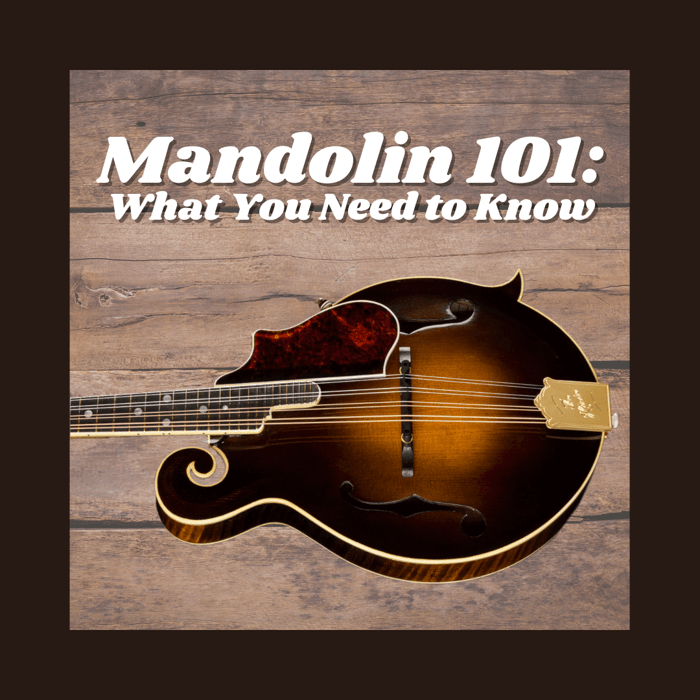
.jpg)




